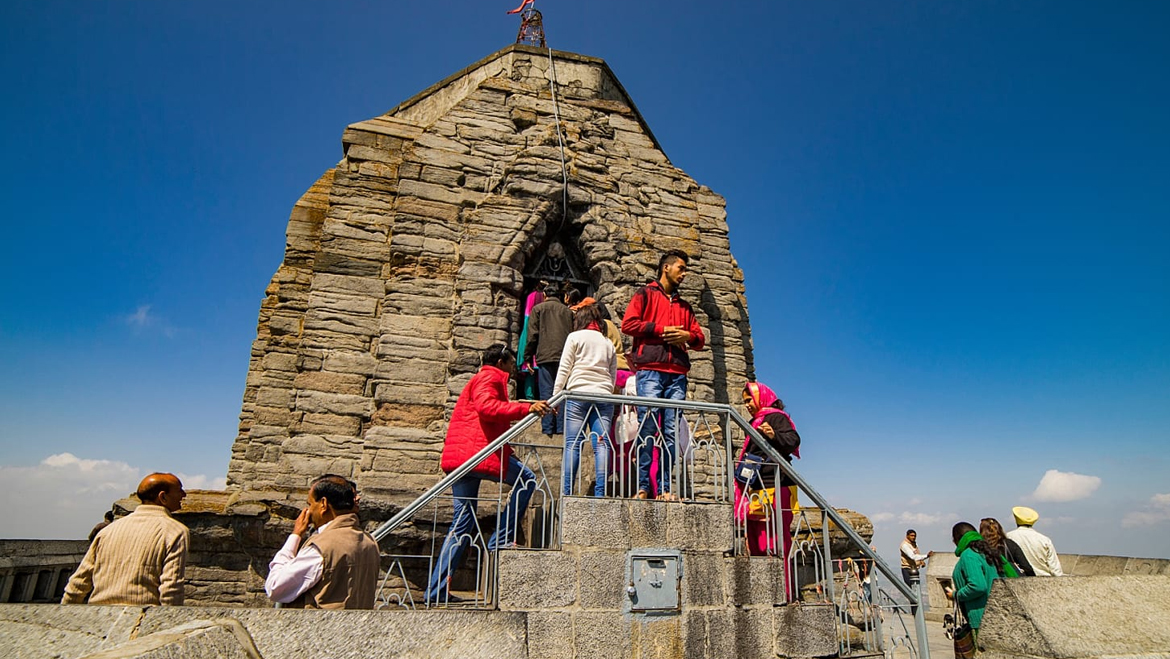
Among the temples in Kashmir, Shankaracharya temple is one of the most popular and oldest temples. The Shankaracharya Temple, is also known as the Jyesteshwara Temple. The Shankaracharya Temple, also known as the Jyesteshwara Temple, is a Hindu temple dedicated to Lord Shiva and is located in Srinagar, Kashmir. The temple is situated on the hill of Takht-e-Sulaiman (Throne of Solomon) and overlooks the Dal Lake. It is said to be one of the oldest temples in Kashmir and was built by Raja Gopaditya in the 9th century CE.
The Shankaracharya Temple is open to the public from sunrise to sunset. The temple is closed on Tuesdays. There are no age restrictions for visiting this temple.
The history of the Shankaracharya temple is closely linked to the history of Kashmir. It is said that the temple was built by Raja Gopaditya, who ruled Kashmir from 936 to 958 AD. However, some historians believe that the temple might have been built even earlier than that. The fact that the statue of Lord Shiva in the main shrine faces westward, towards Pakistan, also suggests that the temple might have been built before the partition of India and Pakistan.
The Shankaracharya temple has been destroyed and rebuilt several times over the centuries. In 1346, it was destroyed by Sultan Shah Mirza and was rebuilt by Raja Ranjit Singh in 1819. However, it was again destroyed by the Dogra ruler Zorawar Singh in 1834 and was only restored to its present form in 1911 by Maharaja Pratap Singh.
The Shankaracharya Temple, also known as the Jyesteshwara Temple, is a Hindu temple dedicated to Lord Shiva and is located in Srinagar, Kashmir. The temple is situated on the hill of Takht-e-Sulaiman (Throne of Solomon) and overlooks the Dal Lake. It is said to be one of the oldest temples in Kashmir and was built by Raja Gopaditya in the 9th century CE.
The temple gets its name from Adi Shankaracharya, who visited the temple in the 8th century CE. Shankaracharya was a Hindu philosopher and theologian who consolidated the doctrine of Advaita Vedanta. He is also credited with unifying and establishing the main currents of thought in Hinduism.
The temple complex consists of the main sanctum, an outer courtyard, and a small shrine dedicated to Lord Ganesha. The main sanctum houses a large Lingam (a phallic symbol that represents Lord Shiva) which is said to have been installed by Adi Shankaracharya himself.
The temple is open to pilgrims from 6 am to 6 pm and there is no entry fee. Pilgrims need to follow certain rules and regulations while inside the temple complex such as removing their shoes before entering the main sanctum, not carrying any weapons or sharp objects, and not smoking tobacco or drinking alcohol.